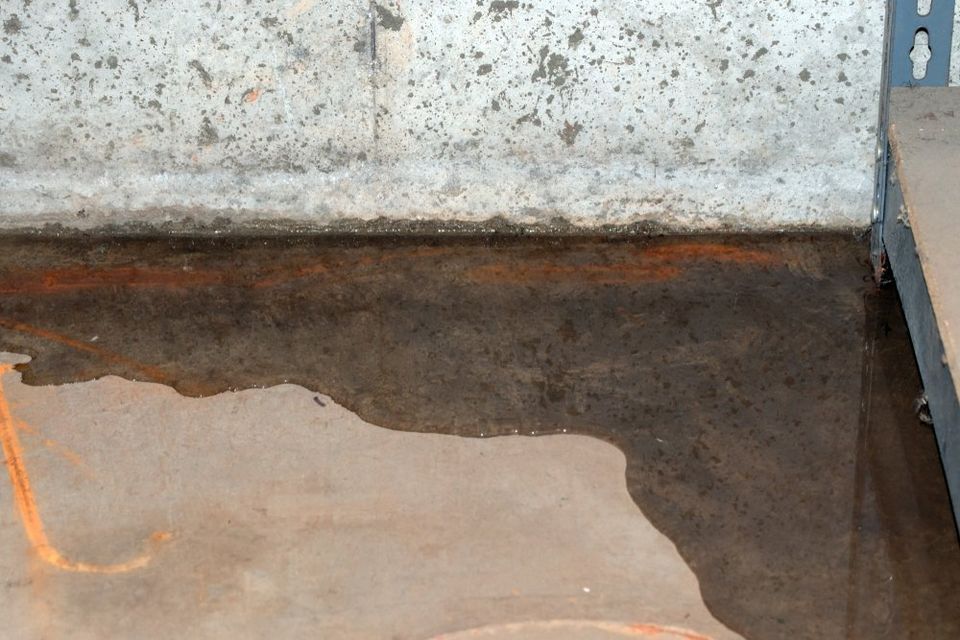6 Water Damage Restoration Do's and Don'ts.
6 Water Damage Restoration Do's and Don'ts.
Blog Article
Presented here below you can find a good deal of really good additional info all about What You Can Do At Home To Prevent Fire And Water Damage.

Though water offers life, water invasion on parts where it's not expected to be can lead to damage. If the water saturates right into your framework, it can peel off away surfaces and wear down the foundation. Mold and mildew and also mold additionally thrive in a damp environment, which can be dangerous for your health and wellness. Homes with water damage smell moldy and old.
Water can originate from many resources such as hurricanes, floods, ruptured pipes, leakages, and sewage system problems. In case you experience water damages, it would be excellent to understand some safety and security precautions. Right here are a couple of guidelines on just how to deal with water damage.
Do Prioritize Residence Insurance Coverage Insurance Coverage
Water damage from flooding dues to hefty winds is seasonal. However, you can likewise experience a sudden flood when a damaged pipe unexpectedly bursts right into your residence. It would be best to have house insurance policy that covers both acts of God such as natural tragedies, as well as emergency situations like broken plumbing.
Don't Fail To Remember to Switch Off Utilities
In the event of a catastrophe, specifically if you live in a flood-prone area, it would be suggested to switch off the main electrical circuit. This cuts off power to your whole home, stopping electric shocks when water can be found in as it is a conductor. Furthermore, don't fail to remember to switch off the major water line shutoff. Furnishings will certainly relocate about as well as trigger damages when floodwaters are high. Having the main shutoff turned off protects against more damages.
Do Keep Proactive and also Heed Weather Condition Notifies
Listen to evacuation warnings if you live near a creek, river, or lake. Doing so decreases prospective home damage.
Do Not Disregard the Roofing System
You can prevent rainfall damage if there are no holes and leakages in your roofing. This will prevent water from streaming down your walls and also saturating your ceiling.
Do Pay Attention to Little Leakages
A burst pipe does not take place over night. Typically, there are warnings that show you have deteriorated pipelines in your house. For example, you might notice bubbling paint, peeling wallpaper, water touches, water discolorations, or dripping audios behind the wall surfaces. Ultimately, this pipeline will certainly break. Preferably, you need to not await things to escalate. Have your plumbing repaired before it leads to substantial damage.
Do Not Panic in Case of a Ruptured Pipeline
Keeping your clearheadedness is essential in a time of crisis. Stressing will just compound the trouble due to the fact that it will certainly suppress you from acting fast. When it comes to water damages, timing is vital. The longer you wait, the more damage you can expect. Hence, if a pipeline bursts in your house, quickly turned off your main water valve to cut off the resource. Unplug all electrical outlets in the area or transform off the circuit breaker for that component of the house. Finally, call a reputable water damage restoration expert for help.
Water gives life, water intrusion on components where it's not expected to be can result in damage. Homes with water damages smell old and also mildewy.
Water damage from flooding dues to heavy winds is seasonal. You might notice gurgling paint, peeling wallpaper, water touches, water discolorations, or leaking sounds behind the wall surfaces. When it comes to water damage, timing is vital.
Some Do's & Don't When Dealing with a Water Damage
DO:
Make sure the water source has been eliminated. Contact a plumber if needed. Turn off circuit breakers supplying electricity to wet areas and unplug any electronics that are on wet carpet or surfaces Remove small furniture items Remove as much excess water as possible by mopping or blotting; Use WHITE towels to blot wet carpeting Wipe water from wooden furniture after removing anything on it Remove and prop up wet upholstery cushions for even drying (check for any bleeding) Pin up curtains or furniture skirts if needed Place aluminum foil, saucers or wood blocks between furniture legs and wet carpet Turn on air conditioning for maximum drying in winter and open windows in the summer Open any drawers and cabinets affected for complete drying but do not force them open Remove any valuable art objects or paintings to a safe, dry place Open any suitcases or luggage that may have been affected to dry, preferably in sunlight Hang any fur or leather goods to dry at room temperature Punch small holes in sagging ceilings to relieve trapped water (don't forget to place pans beneath!); however, if the ceiling is sagging extremely low, stay out of the room and we'll take care of it DO NOT:
Leave wet fabrics in place; dry them as soon as possible Leave books, magazines or any other colored items on wet carpets or floor Use your household vacuum to remove water Use TV's or other electronics/appliances while standing on wet carpets or floors; especially not on wet concrete floors Turn on ceiling fixtures if the ceiling is wet Turn your heat up, unless instructed otherwise

I am very involved in Keeping Your Home Safe This Holiday Season and I really hope you enjoyed reading the entry. Sharing is caring. You won't know, you may just be helping someone out. I enjoy reading our article about Preventing Fires and Water Damage In Your Home.
Report this page